-
main-collection-product-grid
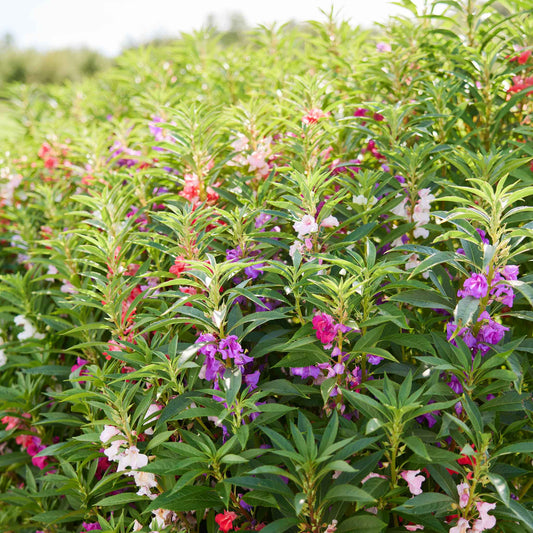
Impatiens Seeds - Camelia Flowered Mixed
A southern gardener's favorite, this versatile annual thrives in full or partial sunSaleImpatiens Seeds - Camelia Flowered Mixed
A southern gardener's favorite, this versatile annual thrives in full or partial sunRegular price As Low As $4.99Regular priceUnit price per$28.99Sale price As Low As $4.99Sale -
main-collection-product-grid
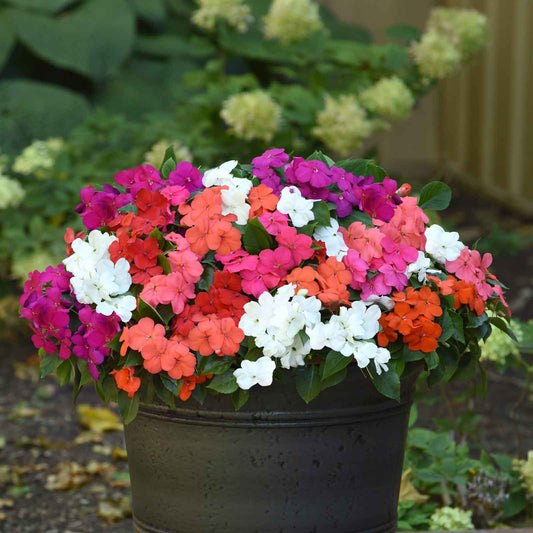
Impatiens Seeds - Beacon Mix
Grows stronger and shines longer with resistance to impatiens diseaseImpatiens Seeds - Beacon Mix
Grows stronger and shines longer with resistance to impatiens diseaseRegular price $6.99Regular priceUnit price per -
main-collection-product-grid
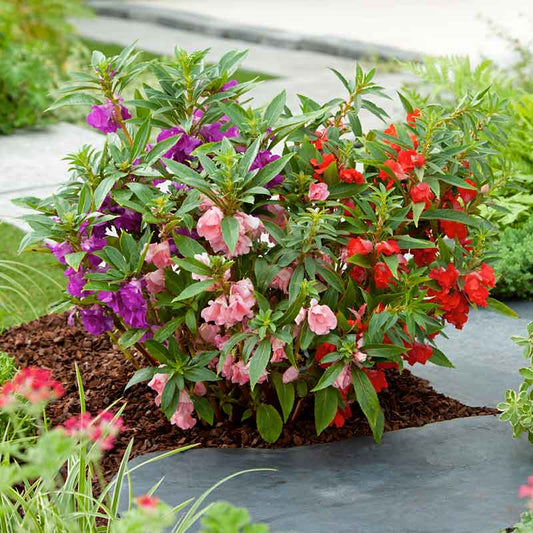
Impatiens Seeds - Bush Mixed
Prolific bloomers with a compact growth habitImpatiens Seeds - Bush Mixed
Prolific bloomers with a compact growth habitRegular price As Low As $4.99Regular priceUnit price per -
main-collection-product-grid
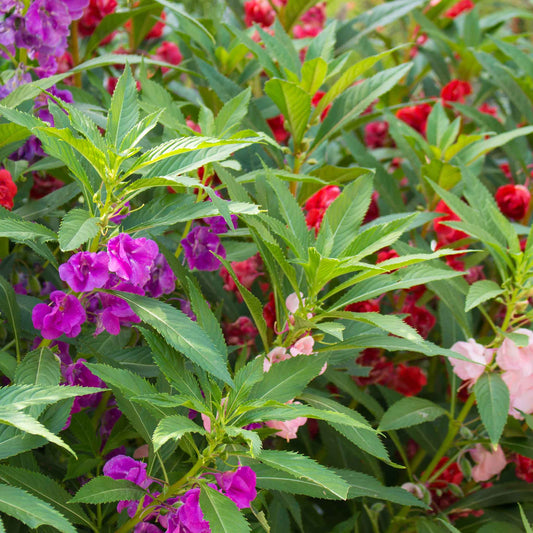
Balsam Seeds - Impatiens
One of the easiest flowers to grow, plus beneficial to insectsBalsam Seeds - Impatiens
One of the easiest flowers to grow, plus beneficial to insectsRegular price As Low As $4.99Regular priceUnit price per -
main-collection-product-grid
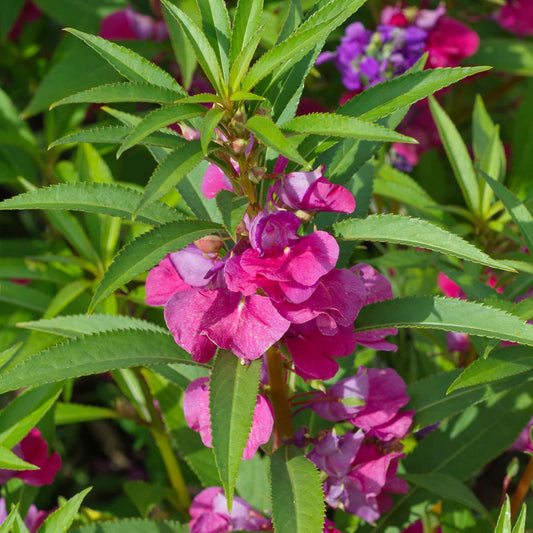
Impatiens Seeds - Carmine
Luscious double flowers always look fresh, even in a heat waveImpatiens Seeds - Carmine
Luscious double flowers always look fresh, even in a heat waveRegular price As Low As $4.99Regular priceUnit price per -
main-collection-product-grid
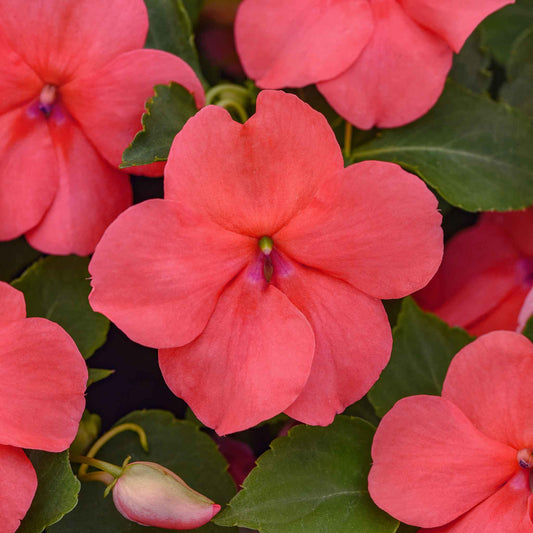
Impatiens Seeds - Beacon Coral
Bring this must-have color to your shade gardenImpatiens Seeds - Beacon Coral
Bring this must-have color to your shade gardenRegular price $6.99Regular priceUnit price per -
main-collection-product-grid
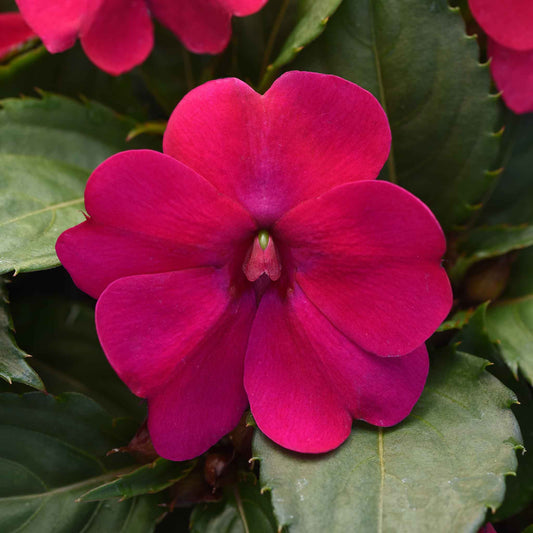
Impatiens Seeds - Solarscape Magenta Bliss
Fully saturated violet-purple color at home in full-sun gardensImpatiens Seeds - Solarscape Magenta Bliss
Fully saturated violet-purple color at home in full-sun gardensRegular price $10.99Regular priceUnit price per -
main-collection-product-grid
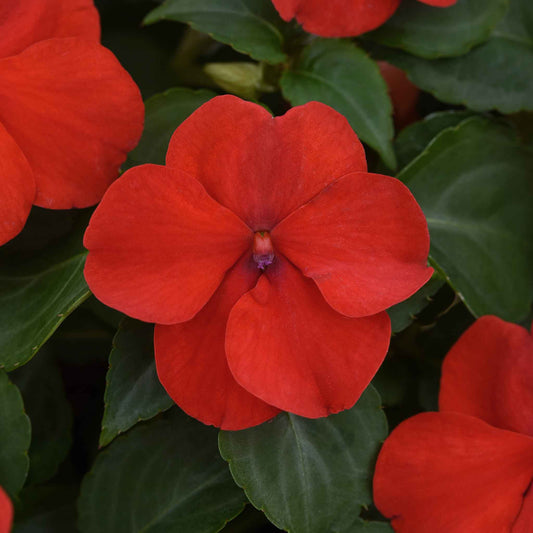
Impatiens Seeds - Beacon Bright Red
Warm red blossoms enchant over a long bloom timeImpatiens Seeds - Beacon Bright Red
Warm red blossoms enchant over a long bloom timeRegular price $6.99Regular priceUnit price per
Growing balsam impatiens in your yard
- Colorful flowers that attract pollinators
- Wonderful for borders and containers
- Adaptable to both sun and partial shade
- Easy to grow and propagate
what we love about balsam blooms
Impatiens balsamina, more commonly known as balsam, touch-me-not, or impatiens, is an annual flowering plant that is native to India and Myanmar. The flowers are typically lilac, red, pink, white, or mauve, and around two to five centimeters in diameter. The leaves are spirally-arranged with a deeply toothed margin, and usually grow to about two to nine centimeters long. Balsams ripe seed capsules undergo explosive dehiscence- otherwise known as splitting to release contents.
Through the years, various parts of the balsam plant have been used to treat a variety of afflictions and diseases. Warts, snakebites, burns, constipation, even ingestion of poisonous fish, the ailments people have treated with balsam go on and on. Vietnamese even wash their hair with an extract of the plant to stimulate hair growth. In Korea, the flowers are crushed to produce an orange dye used to dye fingernails. Needless to say, the history and uses of this plant are endless.
how to start balsam seeds
If you are as intrigued as we are, why not try growing balsam? It is best to start balsam indoors due to their slow-growing nature. Plan to start them about two to three months before the final frost of spring. Start the seeds in individual tray cells or pots with a peat-light mix or sterilized soil mix. Fill the cells or pots with the mix and then water with warm water (before sowing the seeds). Once drained, water once more with warm water. After the water has drained, and soil has cooled, sow the seeds onto the surface of the soil. Gently compress, but do not cover the seeds. Place the trays or pots on bottom heat that will provide a consistent temperature of 75°F in a location with bright, full sunlight.
Transplanting balsam seedlings
Once you are ready to transplant the seedlings, look for a location outside that receives partial shade (four to six hours a day). Watering from the bottom during germination is recommended, so as to not disturb the seeds. Typically, germination will occur within 14 to 21 days. Once the outdoor soil temperatures are consistently at 50°F and the threat of frost has passed, the balsam can be transplanted outdoors. When looking for an outdoor planting site, select a location with partial shade and well-draining soil. Water regularly, and add a general purpose fertilizer monthly-as needed.For more information about planting, growing, and caring for balsam impatiens, see our Impatiens Seeds Planting Guide.




